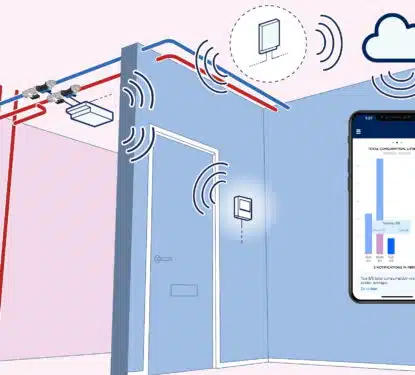This article was written by Daphne Tomlinson, Senior Research Associate at Memoori. In a challenging economy, customers will be demanding more value from their investments and will be less willing to commit to upfront capital expenditure; making Smart Buildings as a Service even more attractive than 6 months ago. This business model is defined as one in which the customer purchases a service or subscription from a third-party service provider that then delivers the service through assets it owns, maintains and improves. “Servitization” replaces the single transaction for delivery of a product with continuous service while improving the customer experience throughout the lifecycle of an asset. This shifts the investment off the building’s balance sheet, as the total service eliminates upfront capital expenditure. Software as a Service (SaaS) offers a cloud-based delivery model that makes it easier to implement, update, scale and maintain software platforms. Cloud centric companies are now increasingly seeing the market turning […]
Most Popular Articles

MRI Software: Exploring the 2025 IPO & Sale Options
This Research Note examines a report from Reuters that MRI Software is to be listed in an IPO or sold. We explore the development of the business over the last 10 years, since it was acquired by private equity owners, highlight their software acquisitions for commercial real estate applications addressing integrated workplace management, tenant experience […]

Podcast 40: Stiles Property Management Found $400K+ in Hidden Savings
Most property managers know their buildings are hemorrhaging money through inefficient systems. The problem? They have no idea where to start looking. Devon Newton, VP of Property Management at Stiles, faced this exact challenge with 110 East, a new Class A development in Charlotte’s Southpark district. Despite managing 116 properties across the Southeast, she found […]

Smartvatten Strengthens European Position with 2025 LeakLook Acquisition
This Research Note examines Smartvatten, a Finnish specialist in water efficiency technology and expertise in Northern Europe. It updates our previous article in March 2024, covering Smartvatten’s solutions, key developments in 2024, sustainability partnerships and the September 2025 acquisition of LeakLook, a Finnish specialist in IoT-driven water monitoring for real estate. Smartvatten Profile Established in […]
